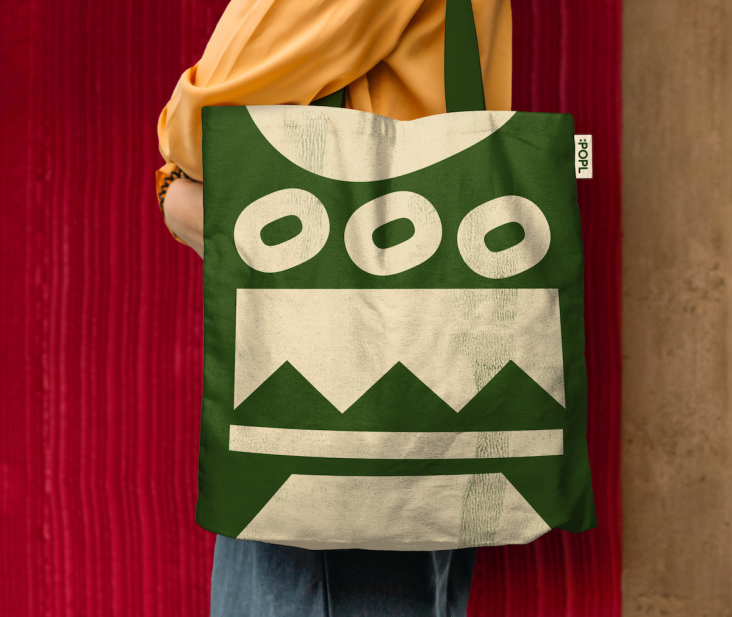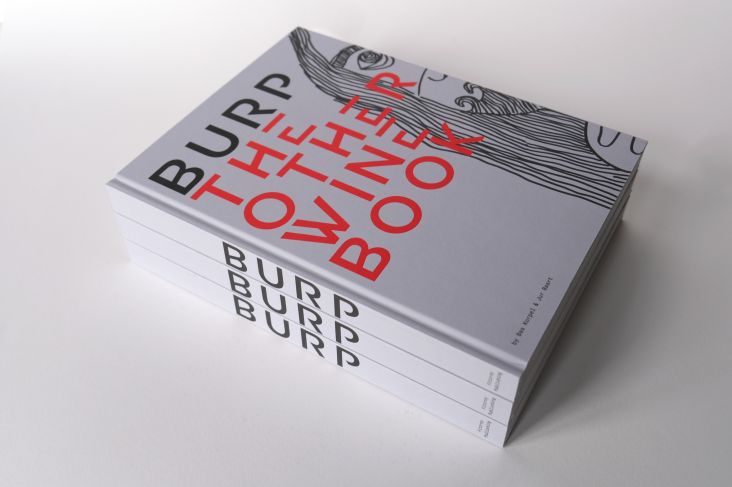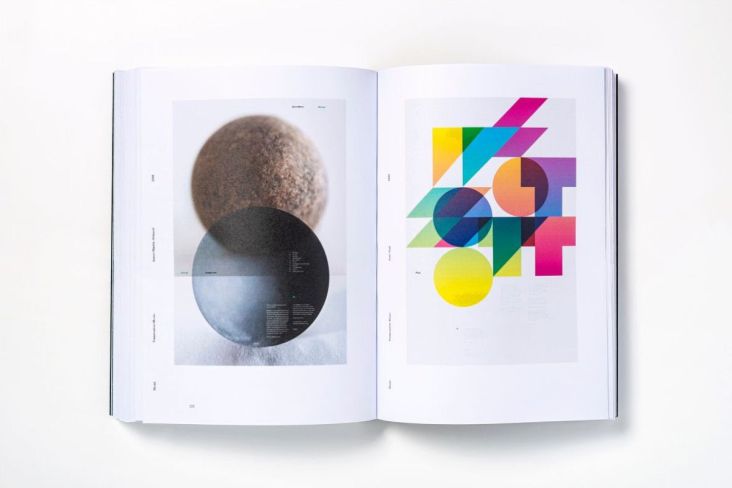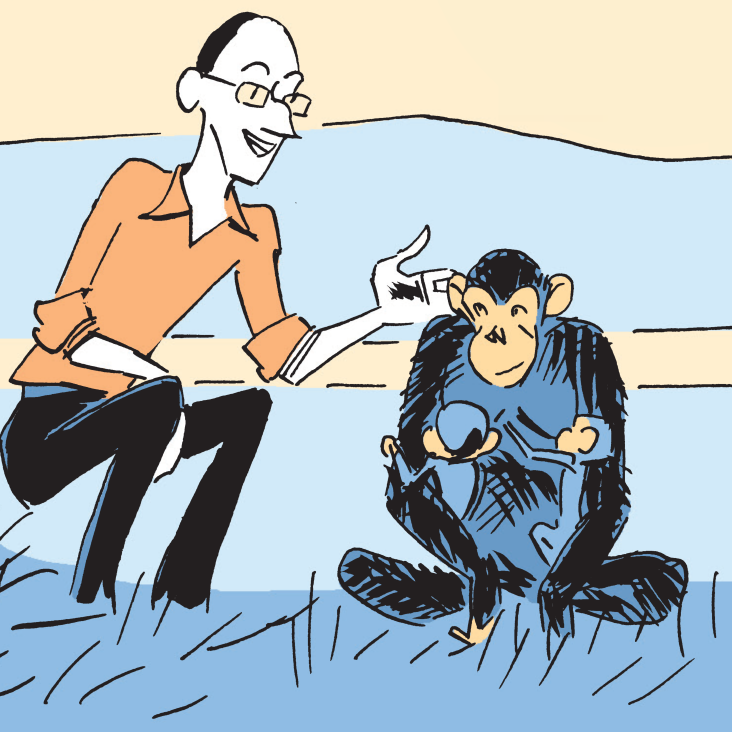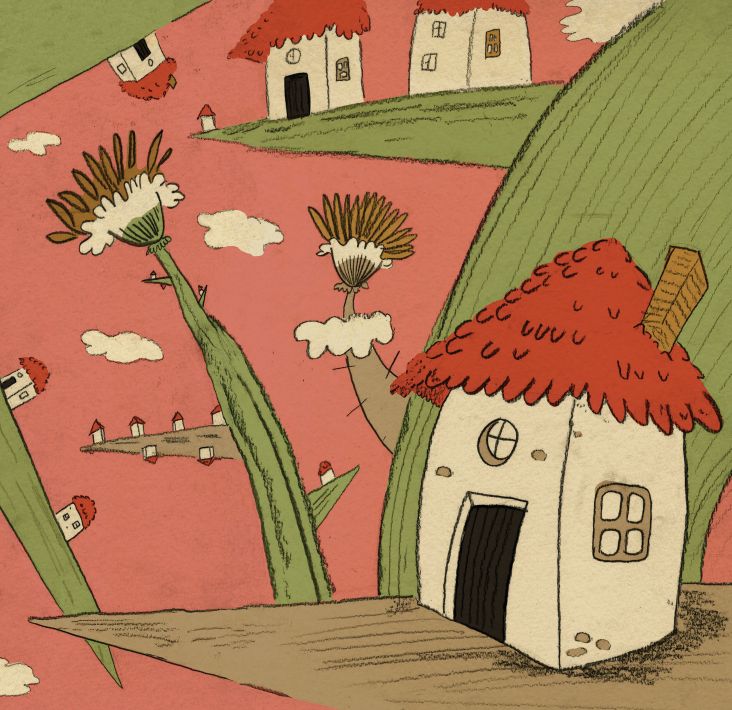Rejane Dal Bello on why creatives should be a Citizen First, Designer Second
Graphic designer, illustrator and visual branding consultant Rejane Dal Bello has been working in the creative industries for more than two decades now, with her job taking her to four different countries, lectures and workshops across the world, exhibitions at institutions and a CV boasting stints at renowned agencies including Wolff Olins.
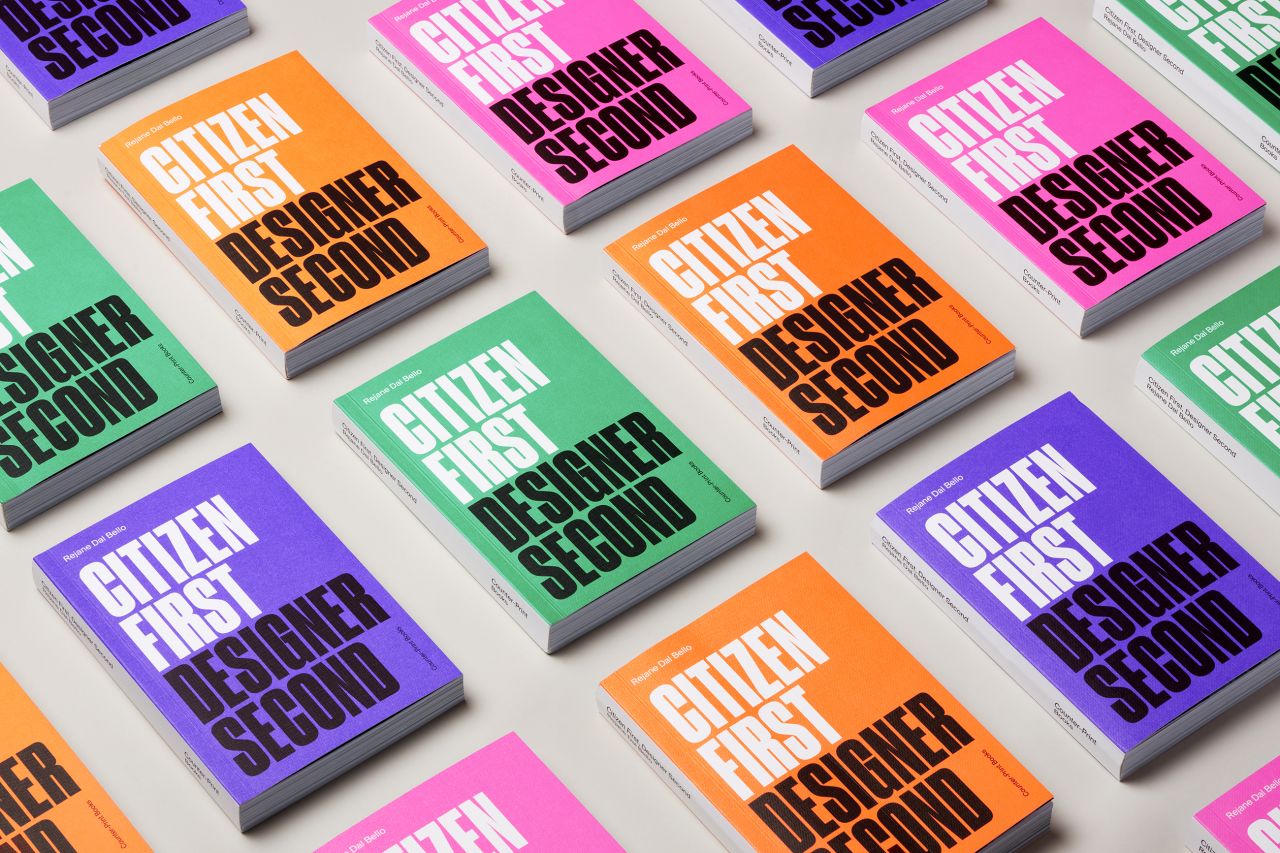
Now, she's decided to write a book about both her personal experiences in choosing a design career and musings on creativity more generally and why it's important to everyone, no matter what their career.
Billed as a reflection on her life and processes and how they've "been shaped by the beauty, challenges and serendipity of design and the visual arts," her publication Citizen First, Designer Second was designed by Jon Dowling and Céline Leterme.
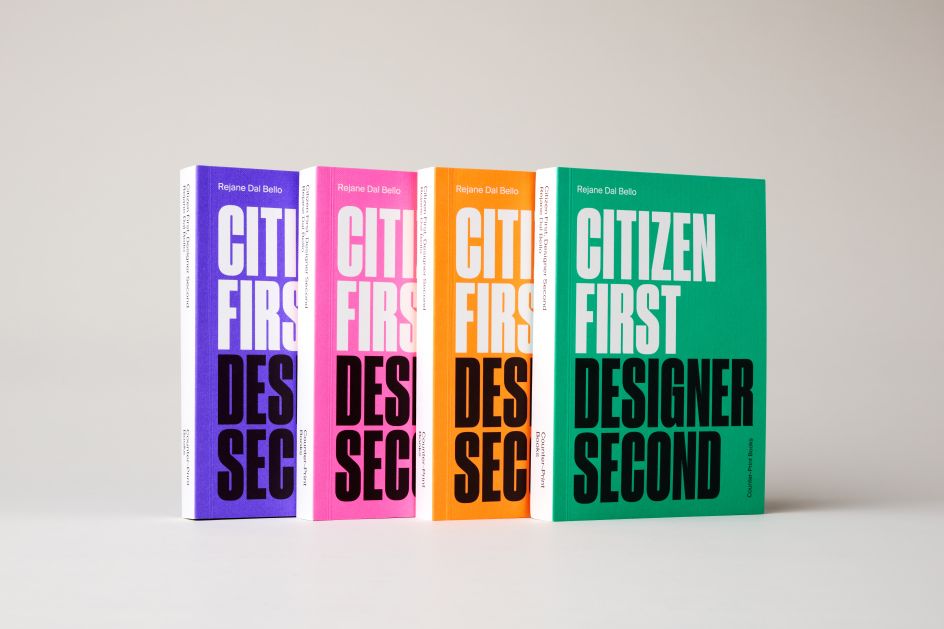
"It goes without saying that I care deeply about design," says Dal Bello. "It speaks to me like a language, which can't easily be understood by those who have not practised and become fluent in it after making it their life's work. But design is really something that touches and affects us all…as designers; we are not just in the business of creating pretty pictures."
As the book delineates, good design can "make or break a brand," but it can also do a lot of good in raising awareness of good causes and organisations that might otherwise go unnoticed. It's "the difference between securing vital funding or being able to bring a message to a community," as Dal Bello puts it.
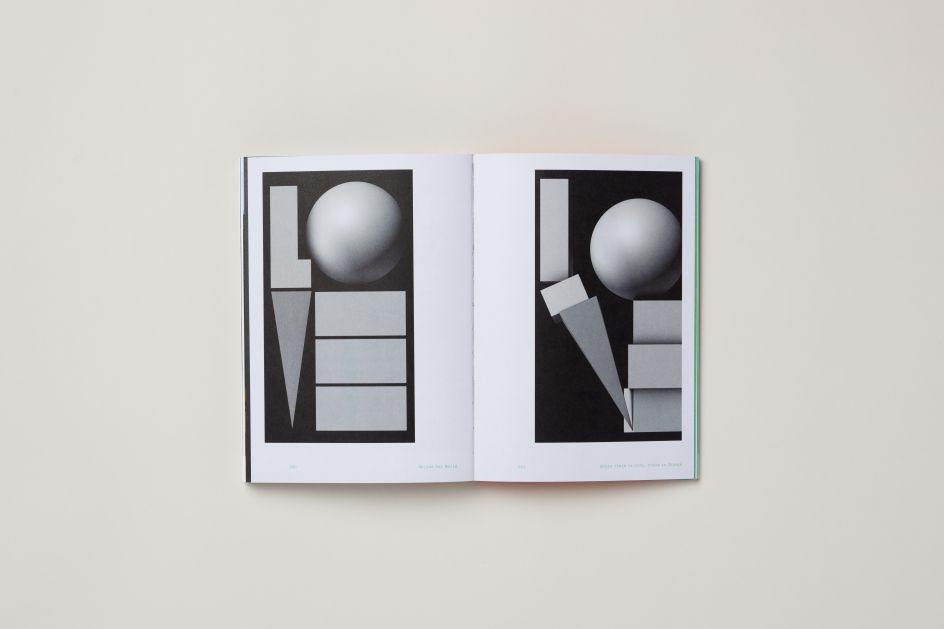
She began work on the book in October 2019 and in an impressive but slightly bonkers move, finished it one week later. How? She woke up at 5am, worked on the book until 10am, spent the day doing studio work then continuing with the book again in the evenings until 2am. It's not a regime we'd recommend… "I know that sounds absurd… which it is," Dal Bello concedes. "But the real truthful answer to this question is that I started to write this book 15 years ago, but I did not know I was writing it."
This makes sense. The designer has been giving lectures about design and teaching design since she was 28 years old (she's now 41). "Once chatting passionately about design topics a friend of mine said 'why don't you write these things down'," the designer explains. "I mentioned to her that I give lectures with some of these topics, but as I finished the call I went to all my lectures archives where I keep all the script of the lectures and to my surprise, I had around 25 topics, and that prompted me to develop my thoughts in more depth."
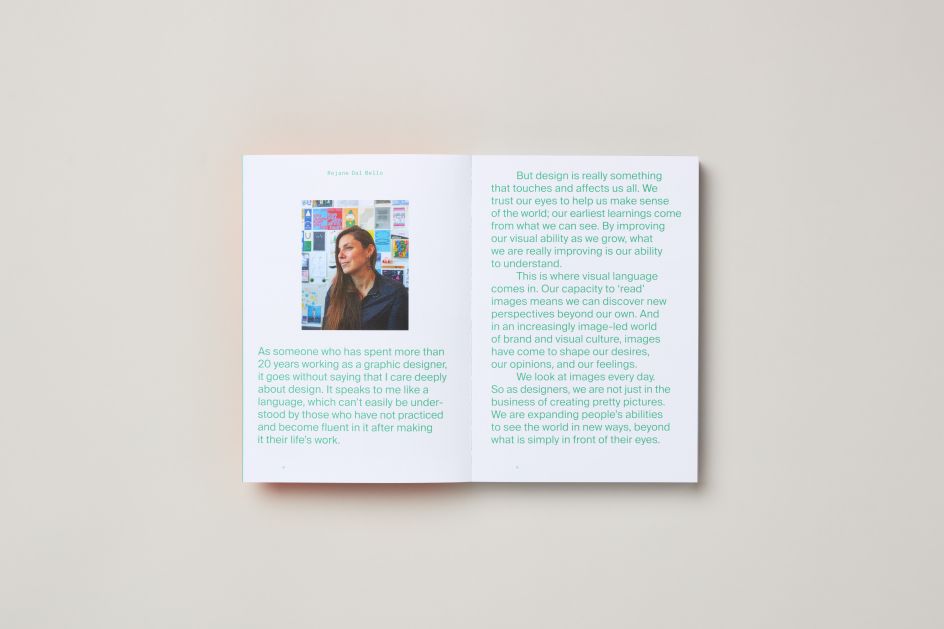
One of the biggest challenges in getting her thoughts down on paper was her dyslexia: "I always think people have difficulty understanding me or my writing because I organise or understand thoughts differently," says Dal Bello. "The energy to write does not come naturally to me."
However, it sounds as though the writing process had a certain therapeutic value. Sharing her process whether through the book or in lectures "helps to keep me sane," says Dal Bello. "You tell the process of the job, the challenges of a design career, how you got to be where you are and your own choices so that people can reflect on theirs."
The title hints at Dal Bello's conviction that designers should, in some way, use their design to bring about positive change in the world. When she was 17, she split her time between two very different worlds: volunteering with kids in the favelas of Rio de Janeiro, and the very contrasting environment of art school. These opposing worlds made her focus on what design can do to help others. She went on to study for her masters in Holland, where she could take a course specifically about design's role in shaping cities. "I would apply design to societal issues: I ended up studying what design can do to prevent long-term homelessness."

If the book is a summation of sorts on Dal Bello's values as a designer and a way of gathering everything she's learned into one place, it's also a means of looking back on how the industry has changed as a whole. When she started, as she saw it, there was pretty much just two "categories" of design—graphic and product—joined a little later by a surge in web designers. "Now we have so many specialities and nuances within our profession that I think it might even be hard to [think about] where to focus," Dal Bello says. "The profession expanded so much and will continue to expand." While she says this expansion is "amazing", it also means for far more complexity: projects that would have once been fairly simple are now naturally so much more diverse in terms of their considerations and processes.
In terms of the design, Counter-print's Jon Dowling and Céline Leterme went for a bold, strong and simple approach. The main concern was legibility: "It's not a book about my portfolio," says Dal Bello. "It needed to work in favour of a 'reading book,' and not a 'looking book'." As such, the designers were briefed to create big type, bold titles, and ensure the book was easy to open, read and carry.
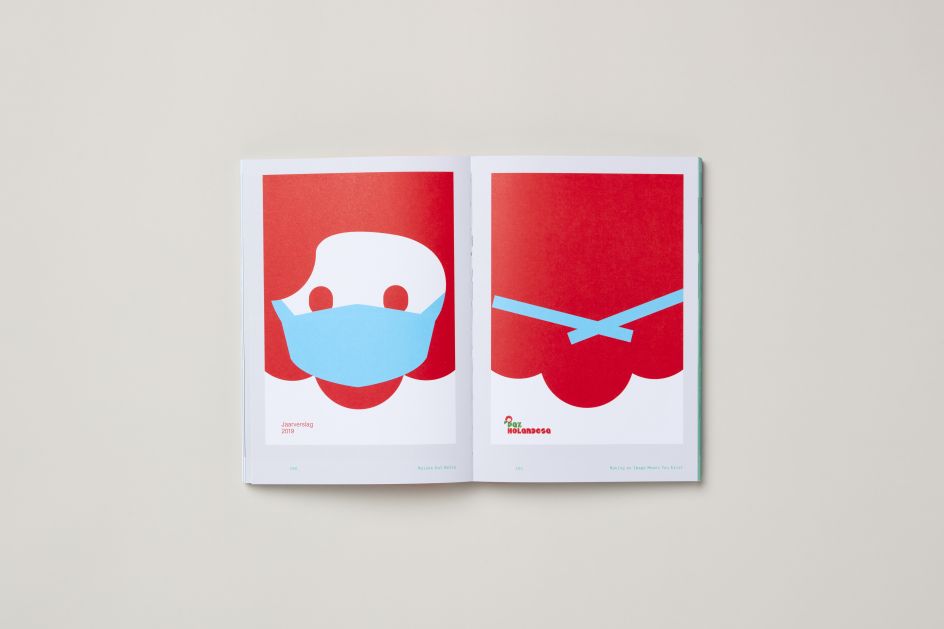
Having chalked up a lot of experience teaching design students, we were interested to know what the designer thinks are the vital things that students need to know, or be able to do, once art school is over. "First and foremost, love what you do," she says. "The creative process is tiring, unpredictable, and unknown and every job feels like you are starting all over again… keeping the core of the creative strong after a lot of client feedback is difficult after a while."
She points out that certain aspects of the business side of running a studio and the digital tools designers use change all the time—you can learn them along the way. "Being hungry always to learn is key. What should be constant is passion and energy to keep wanting to do your best work.
"I am happy I can still be a graphic designer after 20 years…choosing a creative path was no easy feat, but no doubt I would have done it all over again."
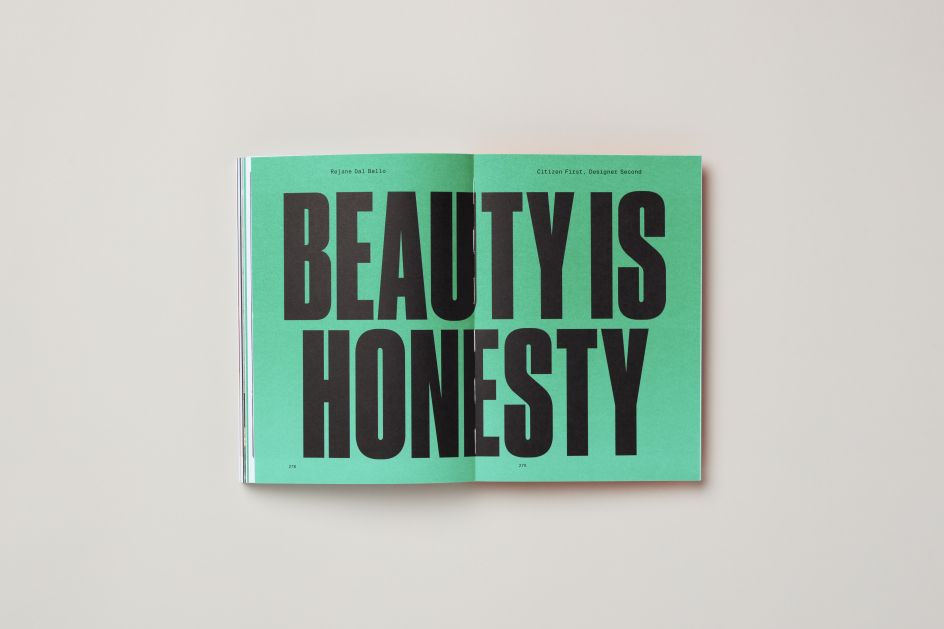
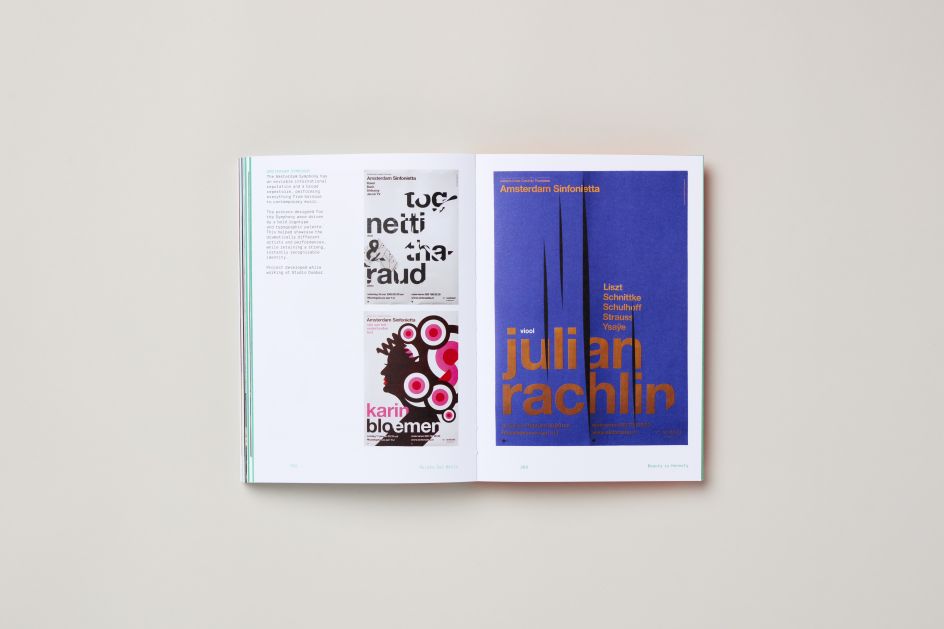
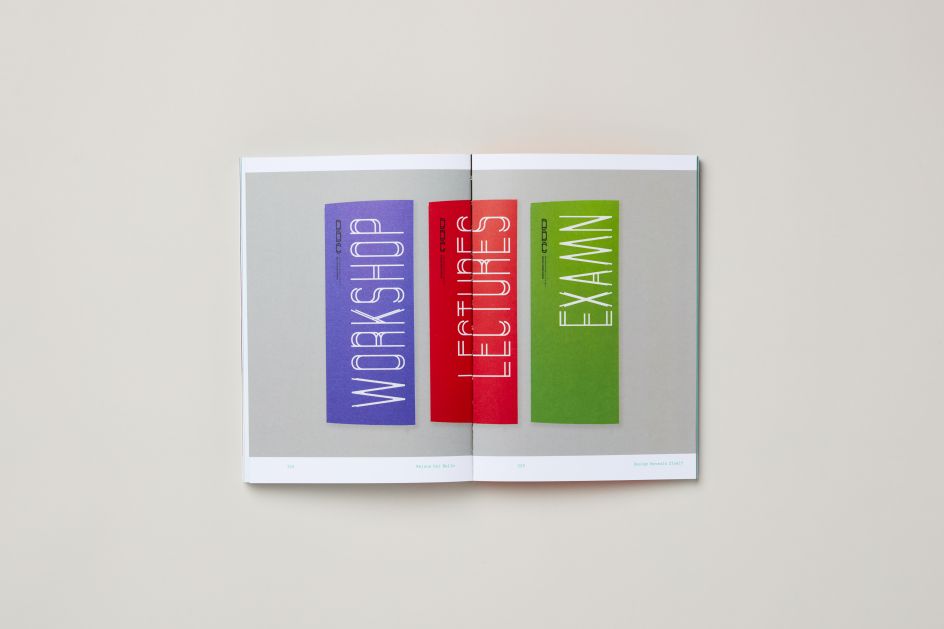
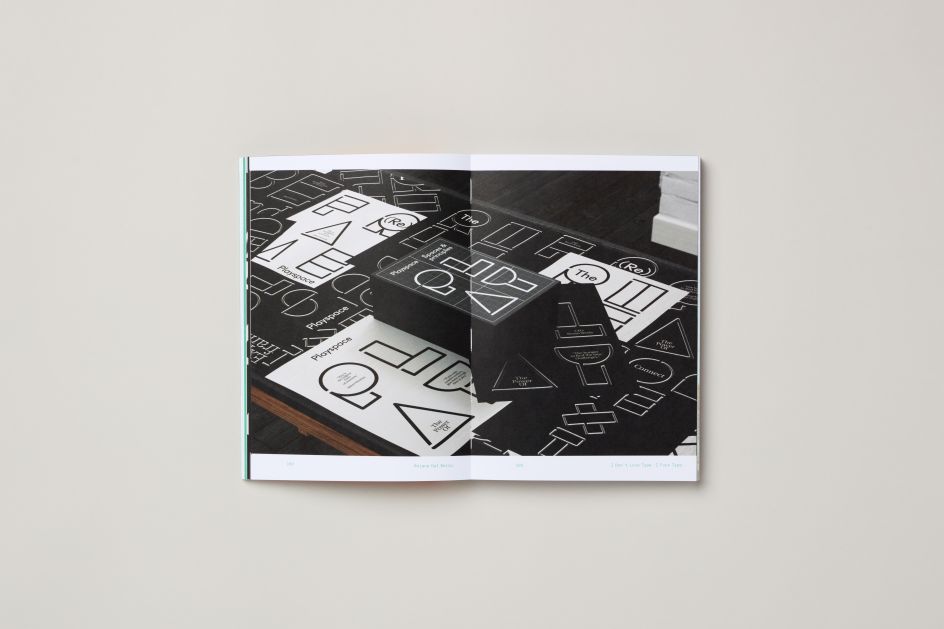
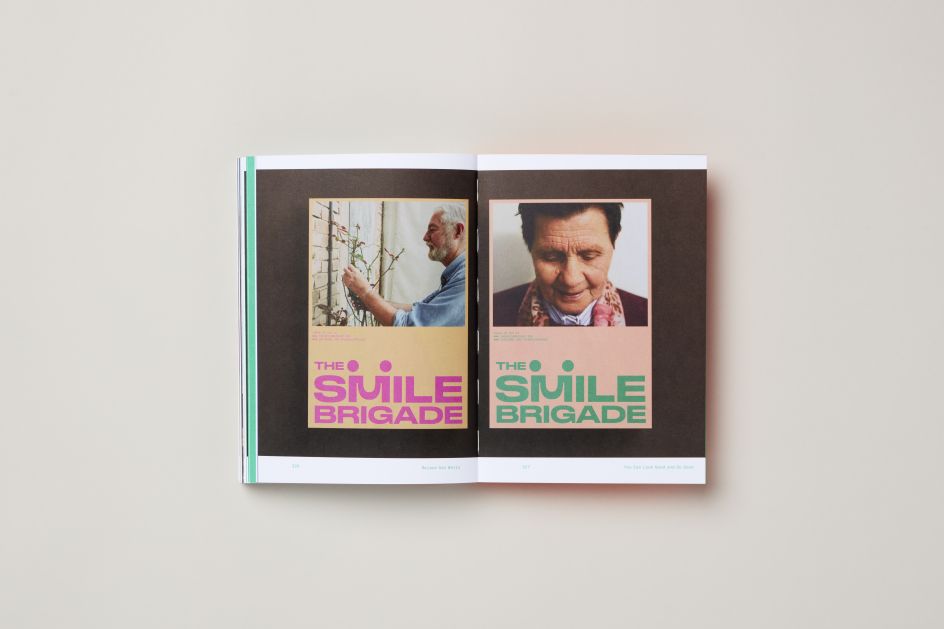
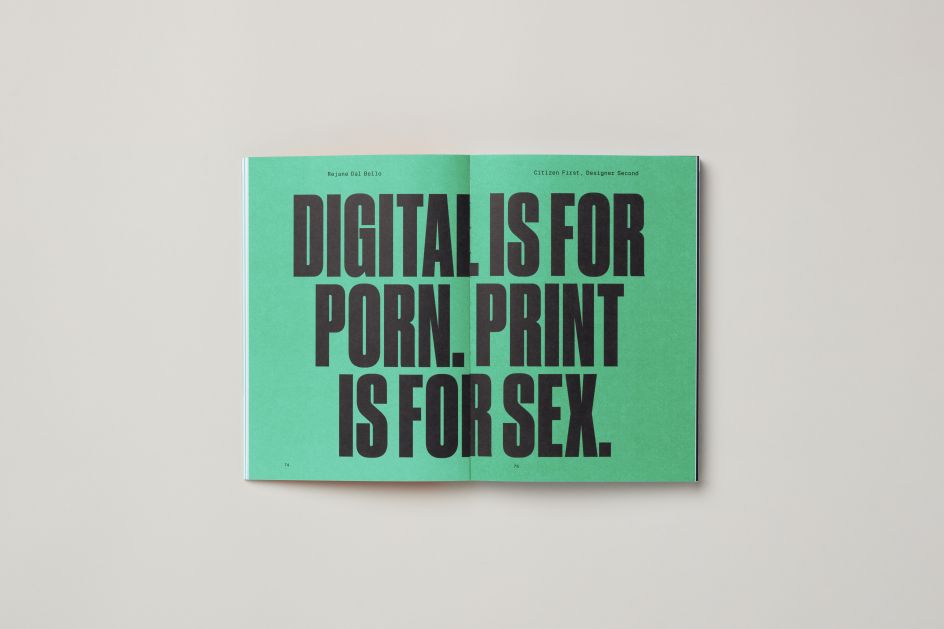
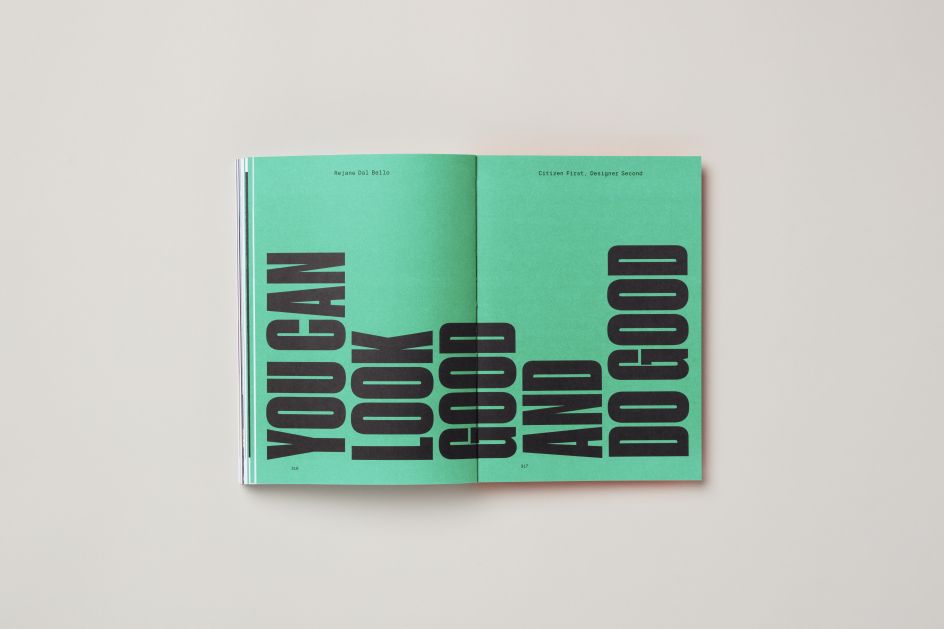
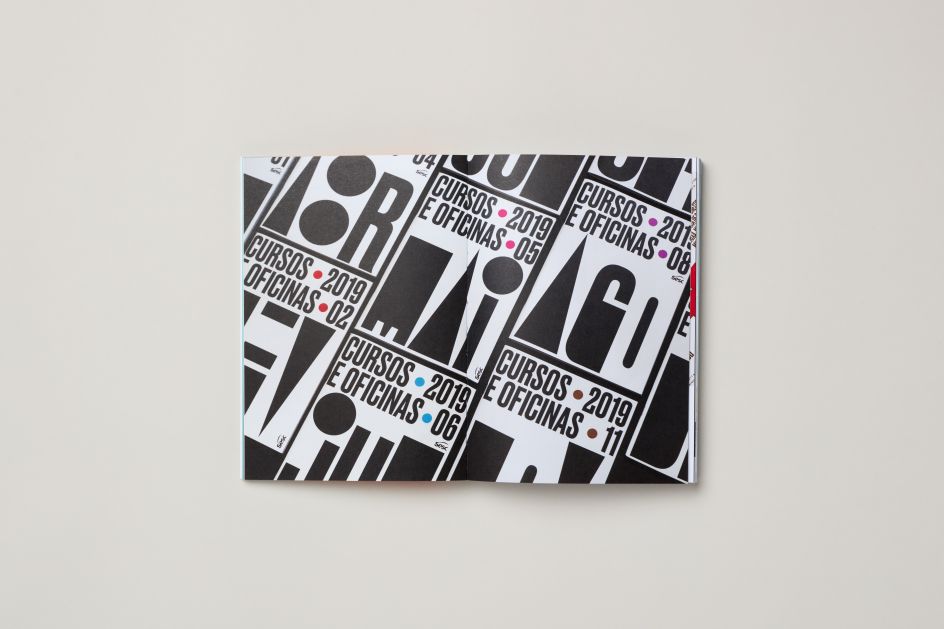
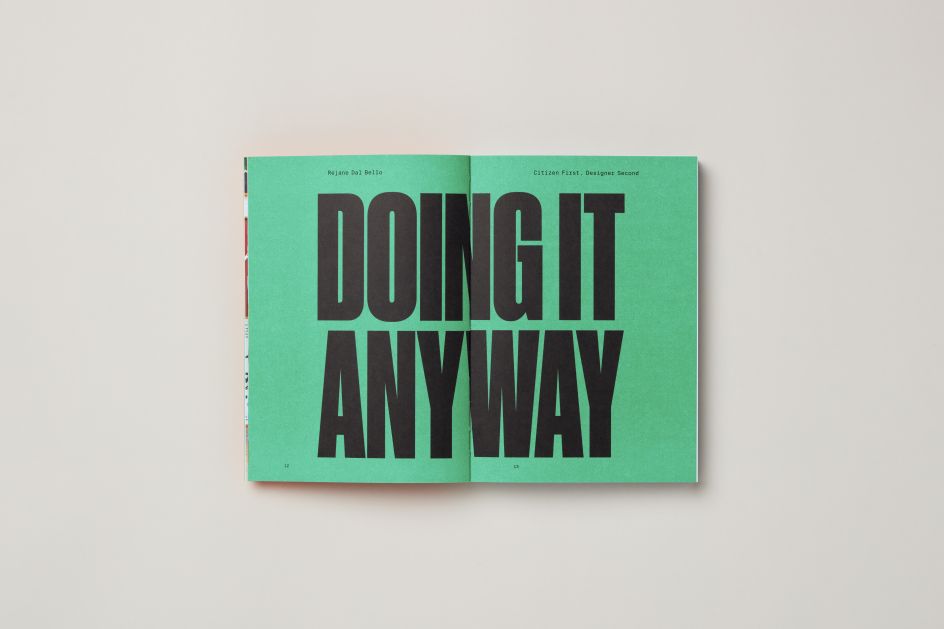
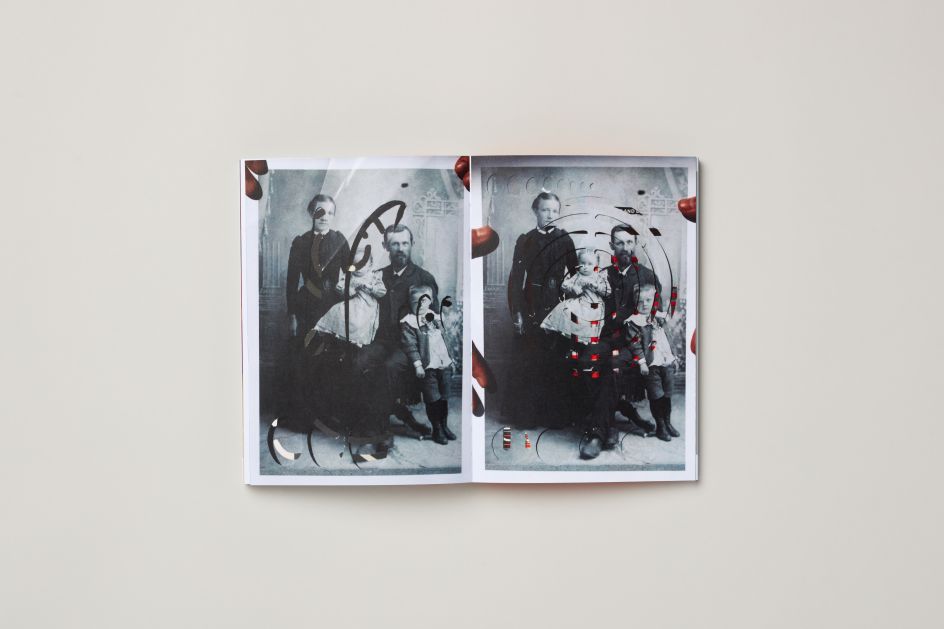
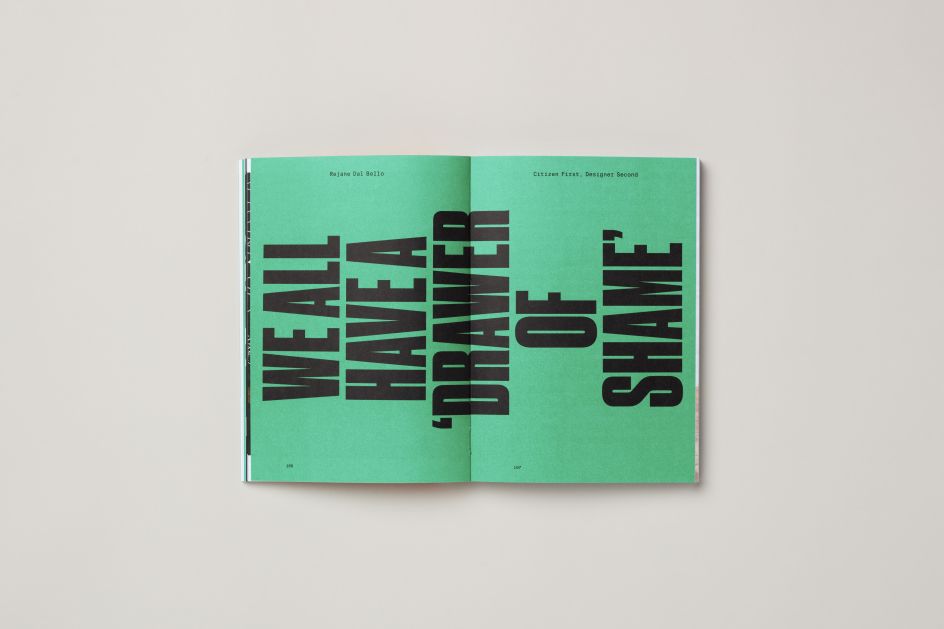
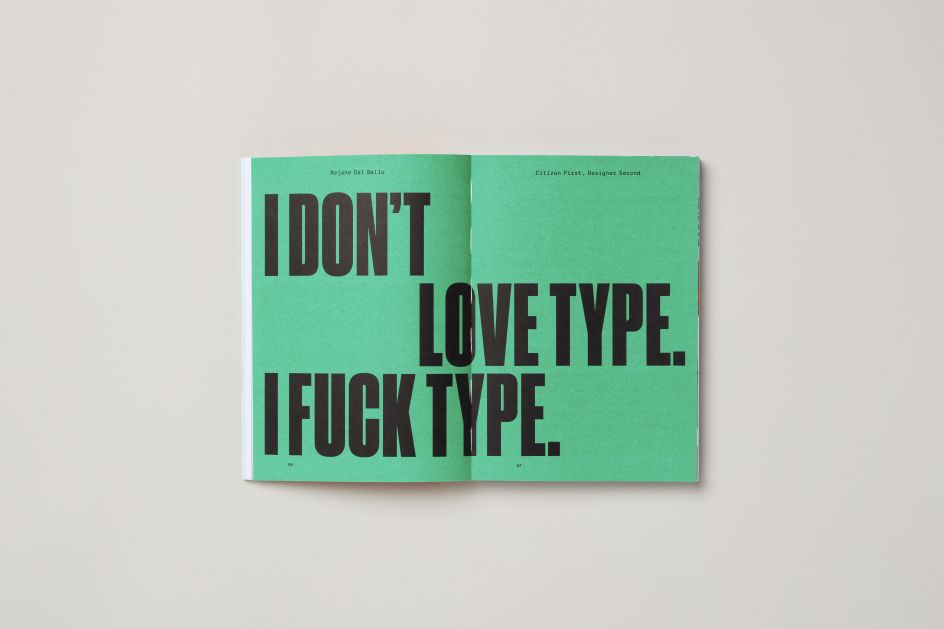
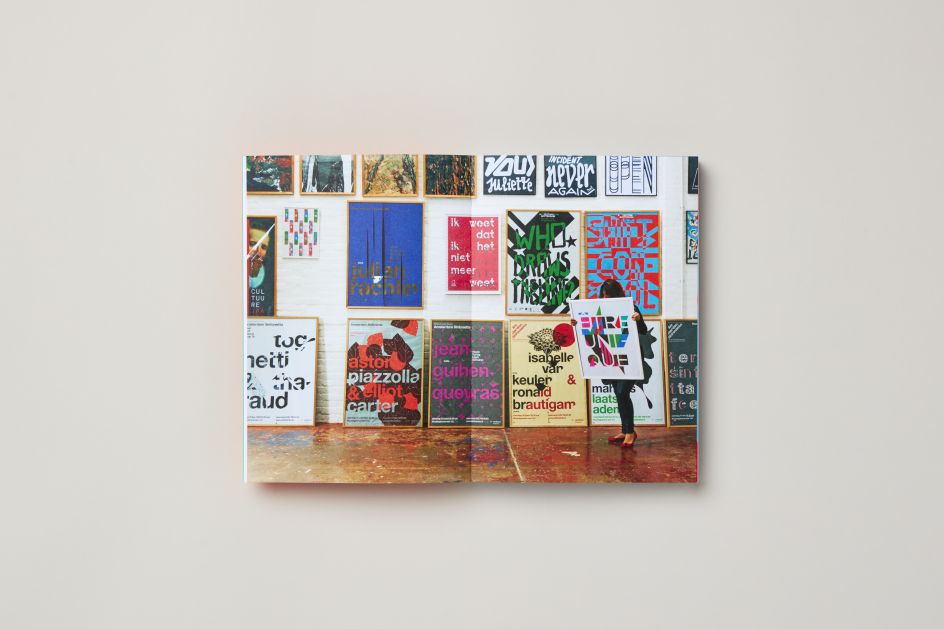
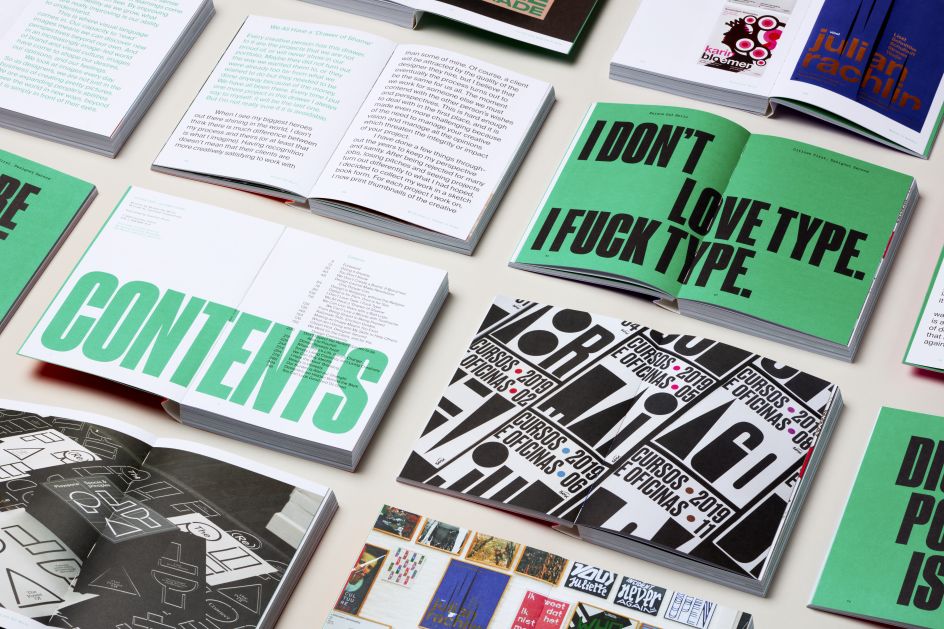




 by Tüpokompanii](https://www.creativeboom.com/upload/articles/58/58684538770fb5b428dc1882f7a732f153500153_732.jpg)


 using <a href="https://www.ohnotype.co/fonts/obviously" target="_blank">Obviously</a> by Oh No Type Co., Art Director, Brand & Creative—Spotify](https://www.creativeboom.com/upload/articles/6e/6ed31eddc26fa563f213fc76d6993dab9231ffe4_732.jpg)








